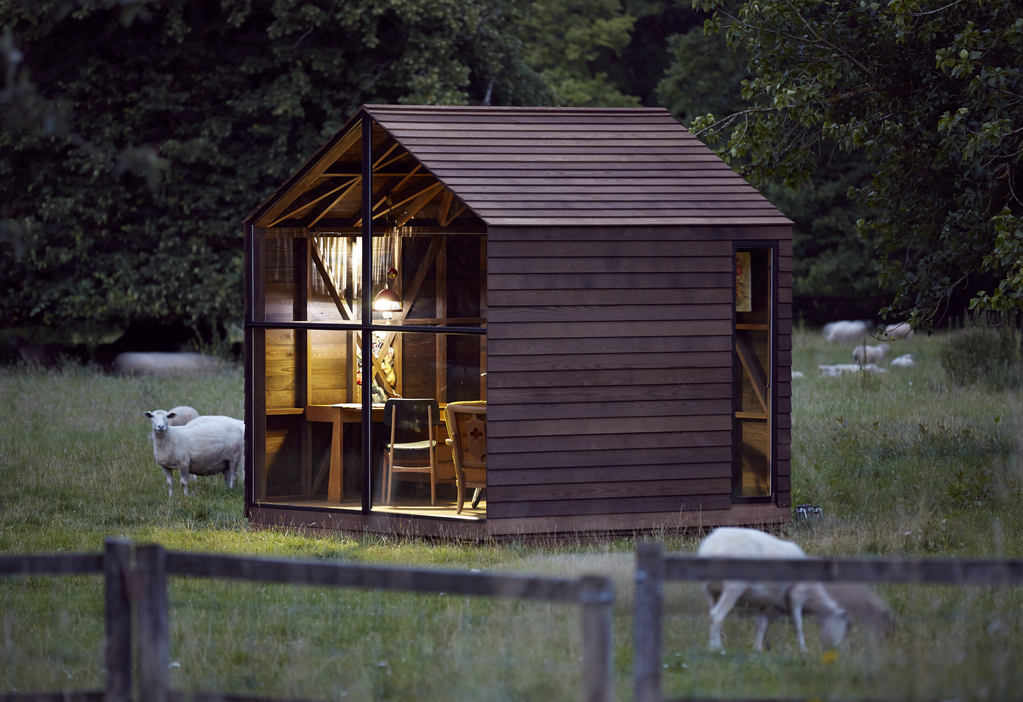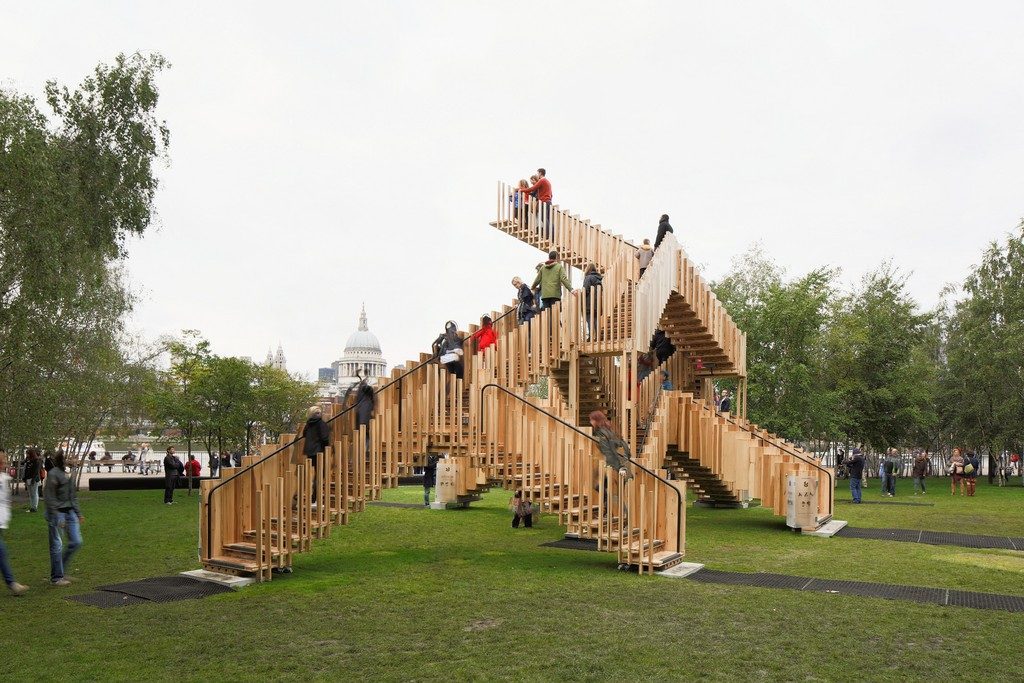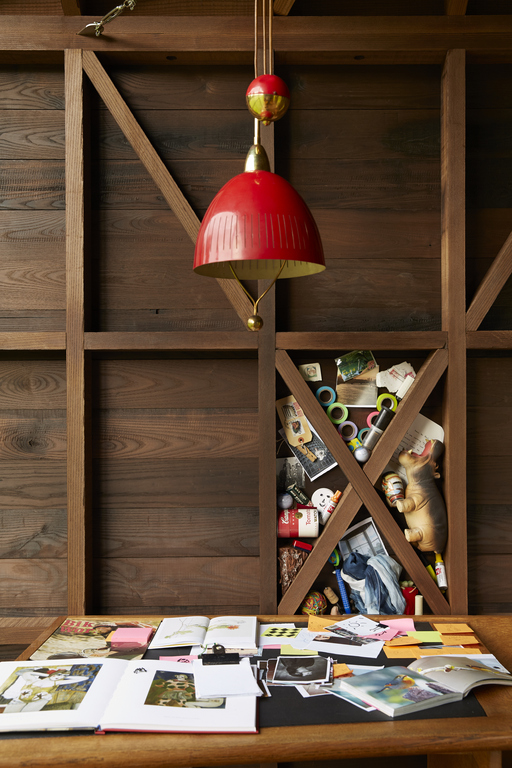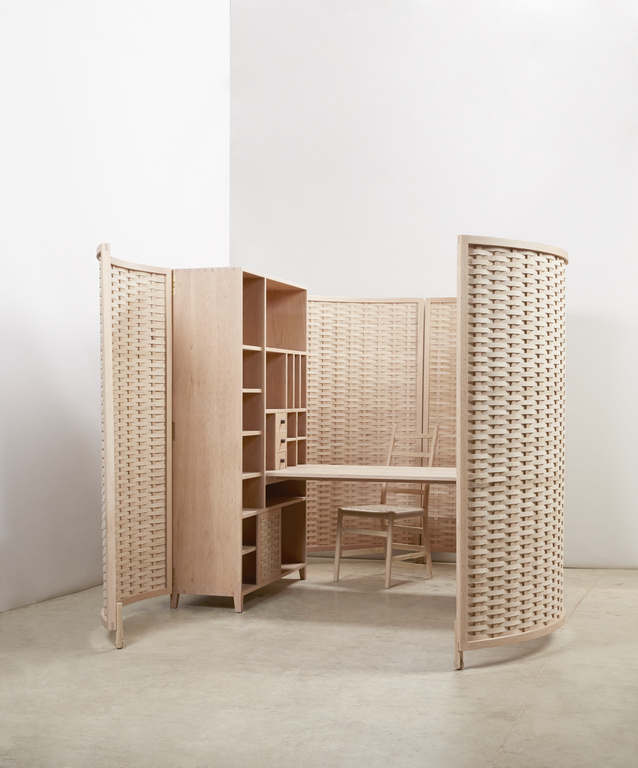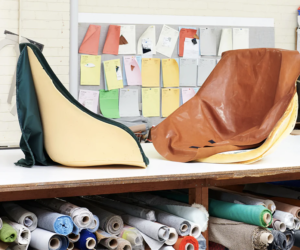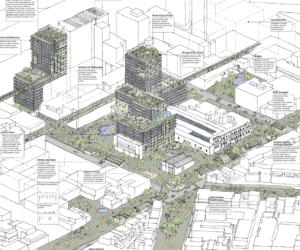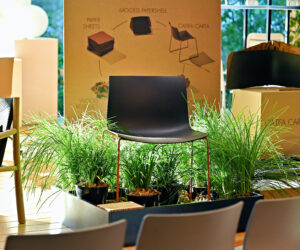Grown in Seconds
To illustrate the sustainability of American hardwoods, a new campaign: Grown in Seconds, has been launched by the American Hardwood Export Council (AHEC) to show how swiftly wood used for a variety of projects regrows naturally in America’s forests.
Supported by environmental consultants ThinkStep (www.thinkstep.com) AHEC aims to promote a better understanding of the true environmental benefits of using American hardwoods in design and manufacturing. The new platform, Grown in Seconds, uses the extensive data gathered by the US Forest Service to track the annual growth and harvest rates of every hardwood species to calculate how quickly wood used in projects is regrown within the forests of the United States.
The Grown in Seconds website shows how nine impressive projects, initiated by AHEC, and created in partnership with some of the leading lights of design and architecture, have imaginatively used American hardwoods in a variety of ways. Most importantly, it demonstrates the environmental Life Cycle Assessment of each piece and gives a calculation of how quickly the material used would naturally grow in the forest.
In some instances the timber used in the construction of these objects will have taken just seconds to grow, such is the size of the hardwood resource. Examples shown on the site include a spectacular M.C. Esher-inspired staircase that would take just two minutes to be replaced, a design-savvy shed (a mere 14 seconds), a wooden workspace (five seconds), a deck (25 seconds) and even a bespoke pencil sharpener (0.02 seconds).
This platform, together with the AHEC website, will provide environmentally-focused architects, developers and manufacturers with an easy source of information to help them select the most suitable materials for their projects.
The American Hardwood Export Council promotes the use of indigenous American hardwoods to international architects and designers. This new website, illustrating how quickly American hardwood can grow and regenerate, and the effect of the manufacturing process on the overall environmental impact of the piece, will further reinforce the argument that American hardwoods are a highly sustainable material.
Around a third of the United States is forested and nearly half of this resource is devoted to growing and harvesting hardwood. These forests are so vast and trees are felled so selectively that the timber that is cut down, dried, milled and machined to make furniture, buildings or products is replaced by natural regrowth within a matter of seconds.
The annual overall growth rate of hardwoods in the American forest far outweighs the rate of harvest and just 40% of the American cherry which naturally grows each year is harvested.
The US Forest Service Forest Inventory and Analysis (FIA) program (www.fia.fs.fed.us/tools-data) has gathered this data for decades, tracking the rate at which each species of American timber grows and is harvested, by county, across the entire country. This resource has been used to calculate how long it takes for an entire forest to replace the material used in certain creative projects.
In 2016 AHEC will be calculating regeneration rates of furniture designed by 5 of Australia’s most exciting designers. Rod Wiles, Director of AHEC Oceania says “The careful management of the American forest over centuries means that these beautiful hardwoods grow more quickly than they are harvested, and this will continue to be the case for centuries to come. The speed of natural regeneration (no planting is done) takes some people by surprise, but we are talking about a country that is similar in land size to Australia but with a third that is covered in trees. The US forest is a vast and well managed resource”
Examples of all the projects which feature on the Grown in Seconds website so far include:
Getting Away from it All
Made from American red oak and cherry that took less than five seconds to grow.
This cocoon-like workspace was designed and made by Sebastian Cox for design legend Terence Conran in close partnership with furniture makers, Benchmark, as part of The Wish List presented during the 2014 London Design Festival.
Note: Getting Away From It All is skilfully constructed from American cherry and steam bent American red oak, the most abundant hardwood in the US forests. Each year 8.6 million m3 of cherry and 51.9 million m3 of red oak grow across the American forests. In contrast, only 3.5 million m3 of cherry and 32.4 million m3 of red oak are actually harvested.
This vast availability but underutilisation means that it takes less than five seconds for the American forests to grow the amount of red oak and cherry used in Getting Away From it All.
The American hardwood in the whole structure absorbed and stores 317kg CO2 and has a cradle-to-site carbon footprint of just 248kg CO2 equivalent.
For more information and images of Getting Away From It All and The Wish List: americanhardwood.org/news-events/the-wish-list/projects/workspace/
The Endless Stair
Made from cross-laminated American tulipwood that takes just two minutes to replace.
The Endless Stair is an extraordinary installation designed by the dRMM architecture practice, led by Alex de Rijke and engineered by Arup. The piece was presented outside Tate Modern on London’s Southbank during London Design Festival 2013.
Endless Stair was devised with M.C. Esher’s popular drawings in mind and made from cross laminated American tulipwood and took inspiration from the structural, social and artistic possibilities of the staircase as an architectural feature in itself.
Note: During a single year, 32.6 million m3 of tulipwood grow in the American forests. Conversely, only 13.3 million m3 are harvested.
Despite its size, it only takes two minutes to replace the 100m3 of tulipwood used to create the Endless Stair, through natural regrowth in the American hardwood forests. It stores an incredible 14,572kg of CO2, which is significantly more than the cradle-to-site carbon footprint of only 13,173kg CO2 equivalent.
For more information and images of the Endless Stair: americanhardwood.org/news-events/endless-stair/
Paul’s Shed
Made from American ash that took 14 seconds to grow.
Paul’s Shed was designed and made by Nathalie de Leval for designer Paul Smith, in close collaboration with furniture makers, Benchmark, as part of The Wish List presented during London Design Festival in 2014.
Note: It is constructed from thermally modified American ash to make it suitable for outdoor use and it rotates so the commissioner can take advantage of the sun or shade at any time of the day.
In a single year, 12.3 million m3 of American ash grows across America, while only 5.3 million m3 is cut. This means that it takes only 14 seconds for the American ash used to make Paul’s Shed to grow across the whole of the US hardwood forests.
Its size means that the shed stores 1,450kg of CO2 but even with the energy intensive thermal modification used to treat the ash and the number of metal fixings required in its construction it only has a cradle-to-site carbon footprint of 1,084kg CO2 equivalent.
For more information and images of Paul’s Shed and The Wish List: americanhardwood.org/news-events/the-wish-list/projects/smith-de-leval/
